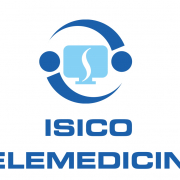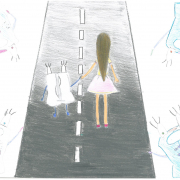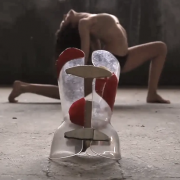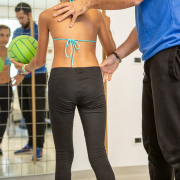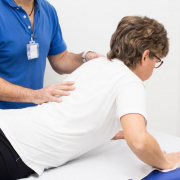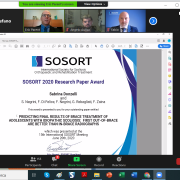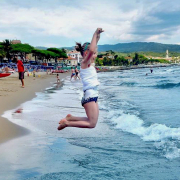Pain perception? It’s also about the mind
A very nice patient of mine, who suffers from low back pain, recently left my studio, after a check-up, with a prescription for a psychological consultation as well as one for specific physiotherapy sessions.
Judging by the look on her face, she was clearly thinking “but my pain is for real, I’m not making it up!”.
This is the reaction I have also had from several other chronic patients when trying to explain the concept of “central sensitisation” to them.
So, let’s try and clear up this question. It is necessary to understand that pain acts as a defence mechanism for the body, as it allows us to understand if, and when, we are in danger.
This mechanism can sometimes end up not working efficiently, producing either not enough pain or too much. In the first instance, we have a problem: if we are unable to perceive danger, we run the risk of doing ourselves serious harm.
In the second case, on the other hand, even non-painful stimuli, such as a light pinch or normal movements, cause us pain.
Such excessive pain is due to nerves in the body that have become too sensitive and fire too easily.
At an early stage after a trauma it is a physiological, ie normal, event due to the brain releasing chemicals that make the nerves more sensitive.
Essentially, pain is, as we have said, a protective mechanism whereby the brain reminds us to be careful with the part of the body that has just been damaged. This kind of pain is reversible and wears off in the space of a few weeks.
Sometimes, however, this protective response can persist longer than it should, to the point of interfering with our perception of pain.
In the literature, this phenomenon is termed “central sensitisation” and it can be compared to a badly set home alarm system that tends to be triggered unnecessarily.
So, signals of peripheral origin can lead us to perceive pain without real cause, or transmission errors can occur centrally. In other words, the problem can lie with our brain incorrectly modulating how much pain we feel.
It is now common knowledge that stress, sleep disorders and depression can negatively influence healing and favour chronicisation. This is why it is important, when faced with chronic patients, also to investigate all the psychological factors that can come into play.
As a further consideration, literature data show that even the most powerful painkillers currently on the market are able to reduce pain by no more than 30-40%, and do so in no more than 50% of patients.
In short, the pharmacological approach alone may not be sufficient for treating chronic pain. It can therefore sometimes be necessary to use complementary psychological approaches designed to help patients manage their pain in a more adaptive way, and understand how an individual’s relationship with his pain influences its intensity and the limitations it brings.
They need to appreciate that the brain plays a key role in our perception of pain, and that this perception merely reflects the way it is being processed.
In addition to the perceptual aspects described above, pain also has an experiential component that is entirely personal and subjective; in other words, emotional, cognitive and socio-cultural factors come into play influencing our experience of pain. If we step on a drawing pin, for example, our brain will register pain, but if we step on the same drawing pin while escaping from a lion, our brain may not register any pain at all.
Many patients really need to understand the true cause of their back pain, even though it is notoriously difficult for us to establish whether it is a bone, joint, muscle or nerve problem. Often, it is none of these, being due, rather, to an area that is working badly and needs to be re-educated to withstand loading. But patients can find it very hard to understand and accept our explanations of how the brain, too, plays a decisive role in the whole experience of pain.
When we tell a patient this, we are not saying that they are inventing their pain, only that there are highly complex mechanisms that can come into play, which must be understood and, if necessary, reset in order to manage the condition.
Nowadays, the scientific community shares the view that patients are more than just the result of their X-rays or MRI scans; that the detection of a herniated disc means nothing unless it is seen in the context of the patient’s clinical conditions and symptoms. We need to stop telling patients, on the basis of these examinations, that their back is in poor shape or looks like that of a 90-year-old woman, because such negative messages serve only to feed a vicious circle that can be difficult to break.
The idea of having a broken, fragile and irreparably damaged body will only make the pain even more entrenched, and condition other aspects of the patient’s life, causing them to limit their movements or physical activity.
And these, too, are responses that can contribute to the persistence of pain.


